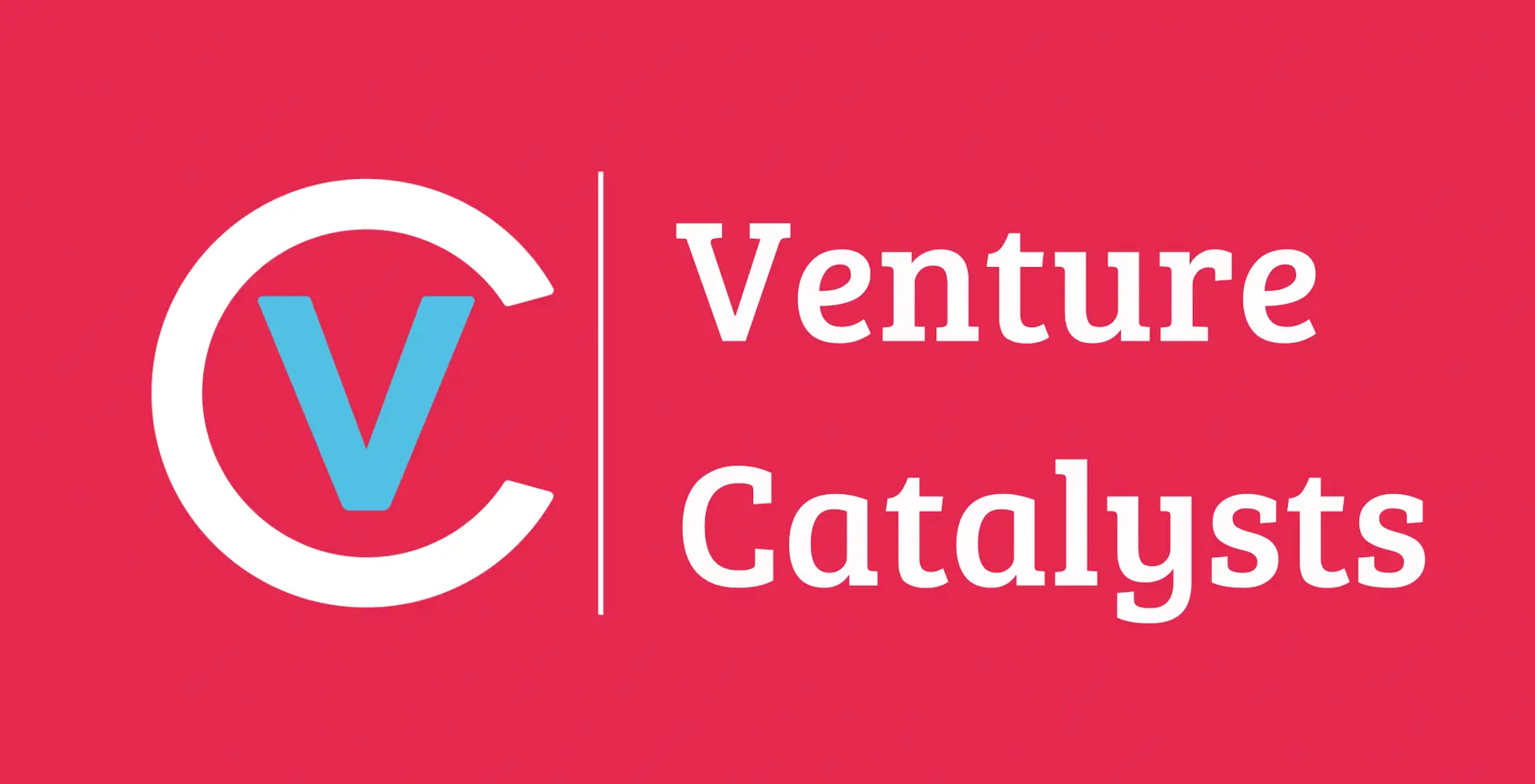Raising early-stage funding is one of the biggest challenges for UK startups, but government-backed investment schemes like the Seed Enterprise Investment Scheme (SEIS) and Enterprise Investment Scheme (EIS) can make the process significantly easier. These schemes offer substantial tax relief to investors, making startups that qualify far more attractive. In fact, in 2022-23, over £2.3 billion was raised through SEIS and EIS investments (HMRC), highlighting their importance in the UK funding ecosystem.
Despite these benefits, many founders struggle to position themselves effectively for SEIS/EIS investment. Some fail to highlight their eligibility in pitch decks, while others assume investors will navigate the process themselves. This article provides a clear, actionable guide to ensure your startup is investment-ready under SEIS and EIS, covering eligibility, pitch strategies, investor targeting, and common mistakes to avoid.
What Are SEIS & EIS, and Why Do They Matter?
SEIS and EIS are designed to encourage investment in high-growth startups by offering tax incentives that reduce investor risk. Understanding these schemes is crucial for securing funding.
What Is SEIS?
The Seed Enterprise Investment Scheme (SEIS) is for very early-stage startups and offers significant tax advantages to investors:
- 50% tax relief on investments up to £250,000.
- No Capital Gains Tax on shares held for at least three years.
- Startups must have less than £350,000 in gross assets and fewer than 25 employees.
- Must be trading for less than three years.
What Is EIS?
The Enterprise Investment Scheme (EIS) is aimed at slightly later-stage startups, providing:
- 30% tax relief on investments up to £5 million per year (with a £12 million lifetime cap).
- No Capital Gains Tax if shares are held for at least three years.
- Startups must have less than £15 million in gross assets and fewer than 250 employees.
Why SEIS & EIS Matter for Startups
- Attracts more investors by lowering their financial risk.
- Increases funding opportunities, especially from angel investors and syndicates.
- Provides non-dilutive benefits, as tax relief reduces investor risk without requiring startups to give up more equity.
To fully capitalise on SEIS/EIS, startups must structure their fundraising strategy accordingly.
How to Position Your Startup for SEIS/EIS Investment
1. Check Your Eligibility Before Pitching
Many founders assume they qualify without verifying. To avoid setbacks:
- Use HMRC’s SEIS/EIS Advance Assurance to confirm eligibility.
- Ensure your startup meets:
- The trading requirement (must be actively trading in a qualifying business sector).
- The gross assets and employee limits.
- The three-year trading window for SEIS.
Advance Assurance reassures investors that your business qualifies, making them more likely to invest.
2. Tailor Your Pitch Deck for SEIS/EIS Investors
Investors reviewing SEIS/EIS startups look for both eligibility and strong growth potential. Your pitch deck should include:
- Company Overview – Clearly state SEIS/EIS eligibility upfront.
- Problem & Solution – Define the market need and your unique value proposition.
- Market Opportunity – Show that your startup operates in a scalable market.
- Traction – Highlight revenue, partnerships, or pilot customers.
- Business Model – Demonstrate a clear path to profitability.
- Financials & Funding Ask – Clearly outline:
- The amount being raised under SEIS/EIS.
- How funds will be used (e.g. product development, hiring, marketing).
Startups that clearly present their SEIS/EIS eligibility in their pitch decks are more likely to attract the right investors.
How to Attract SEIS/EIS Investors
1. Target the Right Investor Audience
Certain investors actively seek SEIS/EIS opportunities:
- Angel Investors & Syndicates – Many angel networks prefer SEIS/EIS investments due to tax relief.
- SEIS/EIS-Focused Funds – Some venture funds exclusively invest in SEIS/EIS startups.
- Crowdfunding Platforms – Platforms like Crowdcube and Seedrs facilitate SEIS/EIS fundraising rounds.
2. Clearly Communicate Risk & Growth Potential
While SEIS/EIS tax benefits attract investors, they still look for strong businesses. Investors want to see:
- Market demand and a competitive edge.
- A roadmap for scaling beyond SEIS/EIS funding.
- A strategy for follow-on investment (e.g. VC or institutional funding).
3. Secure Advance Assurance from HMRC
Investors prefer startups that have Advance Assurance from HMRC, confirming SEIS/EIS eligibility. To apply:
- Provide a business plan and financial forecast.
- Submit details of potential investors (if available).
- Apply via HMRC’s online portal.
If you have Advance Assurance, highlight it in your pitch deck to build investor confidence.
Common Mistakes Startups Make When Seeking SEIS/EIS Investment
- Not Mentioning SEIS/EIS Eligibility in the Pitch Deck
- Investors need to know upfront that your startup qualifies.
- Over-Reliance on Tax Benefits Instead of Business Strength
- SEIS/EIS should enhance your startup’s appeal, not be the sole attraction.
- Assuming Investors Will Handle SEIS/EIS Paperwork
- Investors prefer startups that are prepared – Advance Assurance boosts credibility.
- Ignoring Follow-On Funding Strategies
- Investors want to know how you plan to raise capital beyond SEIS/EIS rounds.
Conclusion
Positioning your startup for SEIS/EIS investment significantly increases your chances of securing funding. By ensuring eligibility, tailoring your pitch deck, targeting the right investors, and securing Advance Assurance, you make your startup a more attractive investment opportunity.
If you’re preparing for an SEIS/EIS funding round, take these next steps:
- Verify your eligibility using HMRC’s guidelines.
- Secure Advance Assurance before investor conversations.
- Ensure your pitch deck clearly communicates SEIS/EIS benefits while showcasing business potential.
Startups that get this right can unlock significant funding opportunities, ensuring they have the capital needed to grow and scale. Are you preparing for SEIS/EIS investment? What challenges have you faced? Let us know!


